UK rental yields have increased by as much as 2.5% in the past year as rent values outperform house prices.
Despite the government’s best efforts, specifically the abandoned plan to increase capital gains tax for landlords, the UK rental market has continued to strengthen over the past year.
Landlords who stood strong in the face of potential tax hikes have now been rewarded with solid growth in yields.
The current average UK rental yield is 4.08%.
This marks a 0.19% increase over the past year.
But to better understand exactly how well the national market is performing, Sirius has analysed yield data on a postcode level and found that some regional numbers dwarf this UK average.
Today, the UK’s highest rental yields are being generated in the BD1 postcode region of Bradford where they currently stand at a very healthy average of 11.06%.
In the Leeds postcode district of LS2, yields currently average 10.05%, while in Manchester’s M14, they stand at 9.41%.
This northern dominance continues with Leeds’ LS4 district (9.18%) before the midlands starts to enter the picture with Nottingham’s NG7 (8.96%) and Birmingham’s B29 (8.57%).
Wales then makes an appearance with Rhondda Cynon Taff’s CF37 (8.54%) and Swansea’s SA1 (8.52%), before we head back to the north with TS3 in Middlesbrough (8.48%) and SR1 in Sunderland (8.48%).
Across all of but one of these examples, yields are being bolstered by the fact that rent prices have increased significantly more than house prices.
In Bradford, for example, the average house price is up 11.1% while the average rent has grown by 22.8%.
Annual growth
In terms of largest annual yield growth, Exeter’s EX4 tops the list with an increase of 2.56% in the past year bringing the current average to 6.52%.
Just as it does for strongest current yields, Leeds’ LS2 ranks in second place with an increase of 2.33%, while Nottingham’s NG7 also makes another appearance after enjoying growth of 2.10%.
In the DD2 district of Dundee, yields have grown by 2.03% to bring the current average to 6.11%, while Manchester’s M11 annual growth of 1.98% brings the current average to 7.63%.
Strong growth has also been achieved in Aberdeen’s AB24 (1.77%), Salford’s M7 (1.66%), York’s YO1 (1.60%), Hull’s HU1 (1.58%), and Wokingham’s RG10 (1.56%).
As is the case with the list of highest yield locations, these areas of strong yield growth are being helped by house price performance being overshadowed by that of rent values, a prime example of which is Exeter where prices are up 12.8% in the past year while rent is up 85.6%.
Kimberley Gates, Head of Corporate Partnerships at Sirius Property Finance, the debt advisory specialists responsible for the analysis, commented:
“Rent values have continued to climb over the past year and already high demand is set to get even higher as more and more potential buyers are put off crossing over into the sales market by recent economic instability and the rising cost of living.
As such, while rents have shot up, house prices have seen marginal drops in recent months.
However, it’s important to acknowledge that while mortgage rate hikes and the cost of living crisis have indeed helped generate higher yields, landlords are also tackling increased costs just like everyone else.
These higher portfolio running costs negate some of the yield increases we’re seeing and should be carefully considered when thinking about investing in new properties.”
| Table shows current average (mean) rental yield in the UK, based on property asking price vs monthly rental income, alongside the annual change %</td> | ||||||
| Ave asking price – Feb 2022 | Ave asking rent pm – Feb 2022 | Ave yield – Feb 2022 | Avg asking price – Feb 2023 | Avg asking rent pm – Feb 2023 | Ave yield – Feb 2023 | Ave yield annual change |
| £319,225 | £1,035 | 3.89% | £342,635 | £1,165 | 4.08% | 0.19% |
| Table shows the UK postode districts with the highest current rental yields (as of Feb 23) | ||||||||
| Postcode district | Location / area | Ave asking price – Feb 2022 | Ave asking rent pm – Feb 2022 | Ave yield – Feb 2022 | Avg asking price – Feb 2023 | Avg asking rent pm – Feb 2023 | Ave yield – Feb 2023 | Ave yield annual change |
| BD1 | Bradford | £57,802 | £482 | 10.01% | £64,233 | £592 | 11.06% | 1.05% |
| LS2 | Leeds | £158,302 | £1,018 | 7.72% | £147,827 | £1,238 | 10.05% | 2.33% |
| M14 | Manchester | £209,227 | £1,535 | 8.80% | £224,750 | £1,762 | 9.41% | 0.60% |
| LS4 | Leeds | £197,171 | £1,445 | 8.79% | £215,073 | £1,646 | 9.18% | 0.39% |
| NG7 | Nottingham | £193,024 | £1,104 | 6.86% | £196,415 | £1,467 | 8.96% | 2.10% |
| B29 | Birmingham | £243,497 | £1,566 | 7.72% | £268,335 | £1,916 | 8.57% | 0.85% |
| CF37 | Rhondda Cynon Taf | £144,869 | £1,008 | 8.35% | £155,917 | £1,109 | 8.54% | 0.19% |
| SA1 | Swansea | £145,920 | £930 | 7.65% | £153,324 | £1,089 | 8.52% | 0.88% |
| TS3 | Middlesbrough | £86,912 | £527 | 7.28% | £85,440 | £604 | 8.48% | 1.21% |
| SR1 | Sunderland | £79,938 | £607 | 9.11% | £75,888 | £536 | 8.48% | -0.64% |
| Table shows the UK postode districts with the strongest annual growth in rental yields between Feb 22 and Feb 23 | ||||||||
| Postcode district | Location / area | Ave asking price – Feb 2022 | Ave asking rent pm – Feb 2022 | Ave yield – Feb 2022 | Avg asking price – Feb 2023 | Avg asking rent pm – Feb 2023 | Ave yield – Feb 2023 | Ave yield annual change |
| EX4 | Exeter | £273,888 | £904 | 3.96% | £308,822 | £1,678 | 6.52% | 2.56% |
| LS2 | Leeds | £158,302 | £1,018 | 7.72% | £147,827 | £1,238 | 10.05% | 2.33% |
| NG7 | Nottingham | £193,024 | £1,104 | 6.86% | £196,415 | £1,467 | 8.96% | 2.10% |
| DD2 | Dundee | £188,292 | £641 | 4.09% | £177,105 | £902 | 6.11% | 2.03% |
| M11 | Manchester | £165,262 | £778 | 5.65% | £175,282 | £1,115 | 7.63% | 1.98% |
| AB24 | Aberdeen | £109,076 | £589 | 6.48% | £104,395 | £718 | 8.25% | 1.77% |
| M7 | Salford | £203,198 | £964 | 5.69% | £204,939 | £1,256 | 7.35% | 1.66% |
| YO1 | York | £355,507 | £973 | 3.28% | £361,416 | £1,471 | 4.88% | 1.60% |
| HU1 | Kingston upon Hull | £129,819 | £580 | 5.36% | £119,200 | £690 | 6.95% | 1.58% |
| RG10 | Wokingham | £601,504 | £1,396 | 2.79% | £675,224 | £2,443 | 4.34% | 1.56% |


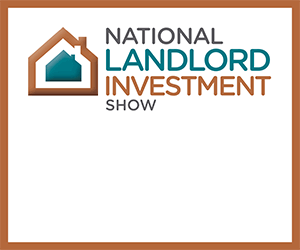

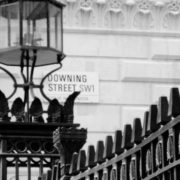
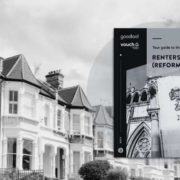


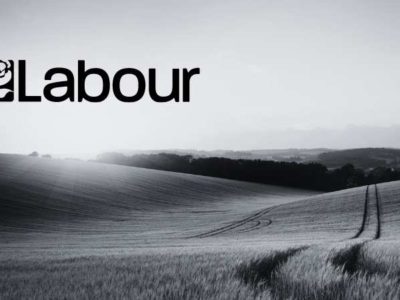


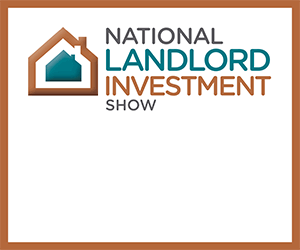

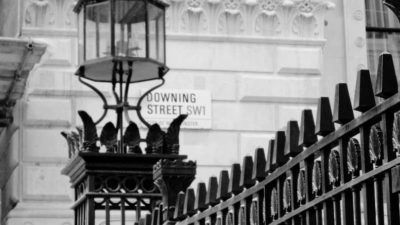
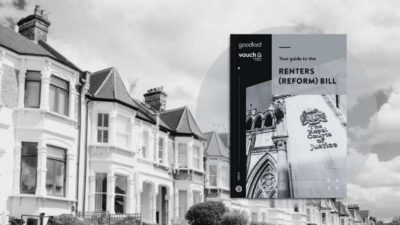

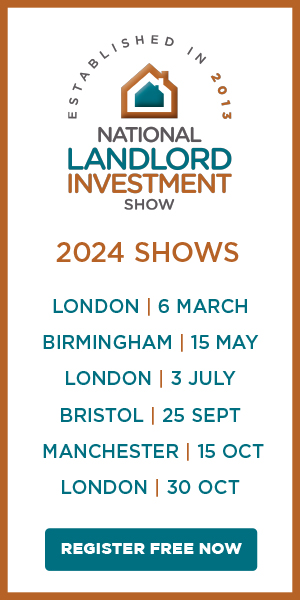
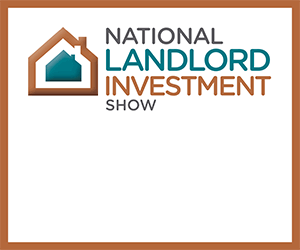
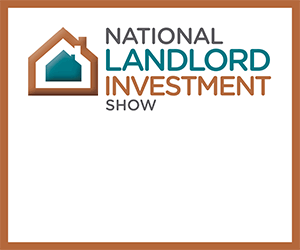


Comments